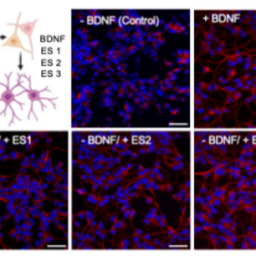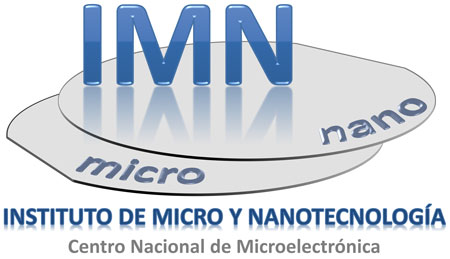Authors: Saha, B; Perez-Taborda, JA; Bahk, JH; Koh, YR; Shakouri, A; Martin-Gonzalez, M; Sands, TD
Article.
Phys. Rev. B. vol: 97. page: 2469-9950.
Date: FEB 1. 2018.
Doi: 10.1103/PhysRevB.97.085301.
Abstract:
Scandium Nitride (ScN) is an emerging rocksalt semiconductor with octahedral coordination and an indirect bandgap. ScN has attracted significant attention in recent years for its potential thermoelectric applications, as a component material in epitaxial metal/semiconductor superlattices, and as a substrate for defect-free GaN growth. Sputter-deposited ScN thin films are highly degenerate n-type semiconductors and exhibit a large thermoelectric power factor of similar to 3.5 x 10(-3)W/m-K-2 at 600-800 K. Since practical thermoelectric devices require both n-and p-type materials with high thermoelectric figures-of-merit, development and demonstration of highly efficient p-type ScN is extremely important. Recently, the authors have demonstrated p-type Sc1-xMgx N thin film alloys with low MgxNy mole-fractions within the ScN matrix. In this article, we demonstrate temperature dependent thermal and thermoelectric transport properties, including large thermoelectric power factors in both n-and p-type Sc1-xMgx N thin film alloys at high temperatures (up to 850 K). Employing a combination of temperature-dependent Seebeck coefficient, electrical conductivity, and thermal conductivity measurements, as well as detailed Boltzmann transport-based modeling analyses of the transport properties, we demonstrate that p-type Sc1-xMgx N thin film alloys exhibit a maximum thermoelectric power factor of similar to 0.8 x 10(-3)W/m-K-2 at 850 K. The thermoelectric properties are tunable by adjusting the MgxNy mole-fraction inside the ScN matrix, thereby shifting the Fermi energy in the alloy films from inside the conduction band in case of undoped n-type ScN to inside the valence band in highly hole-doped p-type Sc1-xMgx N thin film alloys. The thermal conductivities of both the n-and p-type films were found to be undesirably large for thermoelectric applications. Thus, future work should address strategies to reduce the thermal conductivity of Sc1-xMgx N thin-film alloys, without affecting the power factor for improved thermoelectric performance..



